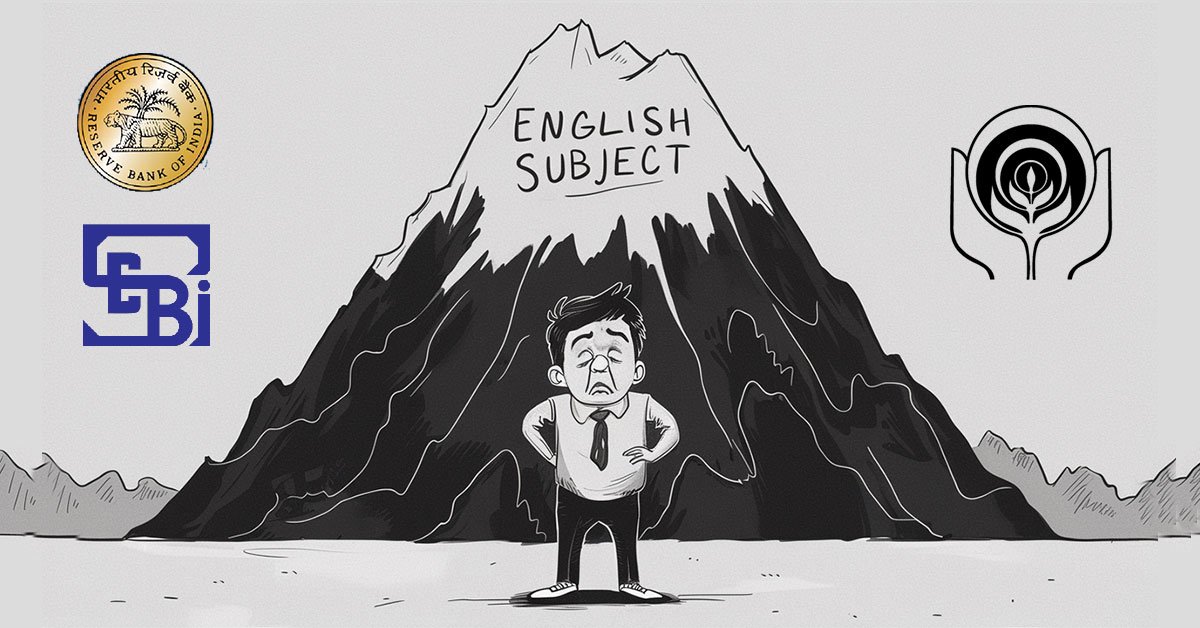- Objective:
- To conduct free and fair elections by formulating detailed procedures for the conduct of elections to Parliament and State Legislatures.
Important characteristics of the rules:
- Framework for Elections:
- Details nomination, polling, counting, and declaration of results under various sections and rules.
- Public Transparency:
- According to Rule 93(2)(a) (before amendment), “all papers relating to elections” were open for public inspection.
- Voter Secrecy:
- Keeps voters’ identities and their actions during the elections secret.
- Election Officers’ Duties:
- Provides specific roles and responsibilities of the polling and returning officers.
- Resolution of Disputes:
- Procedures for addressing disputes and complaints during the election process.
Recent amendments:
- Old Version:
- Public access to “all papers relating to elections.”
- New Version:
- Access to “all other papers as specified in these rules,” excepting electronic records such as CCTV footage, webcasting recordings, and video logs.
Reason for Amendment:
- To prevent the misuse of electronic records, including threats to voter secrecy and AI manipulation.
- Retention of Candidate Access:
- Clause Introduced:
- The parties and their agents are permitted to view all election documents, electronic ones included.
- Judicial Access:
- Sealed materials are accessible as well, if one petitions the courts for a case.
- Scope of the Amendment:
- Resolves vagaries in Rule 93 and limits public access to electronic documents that are not specifically enumerated, such as forms and observer reports.















